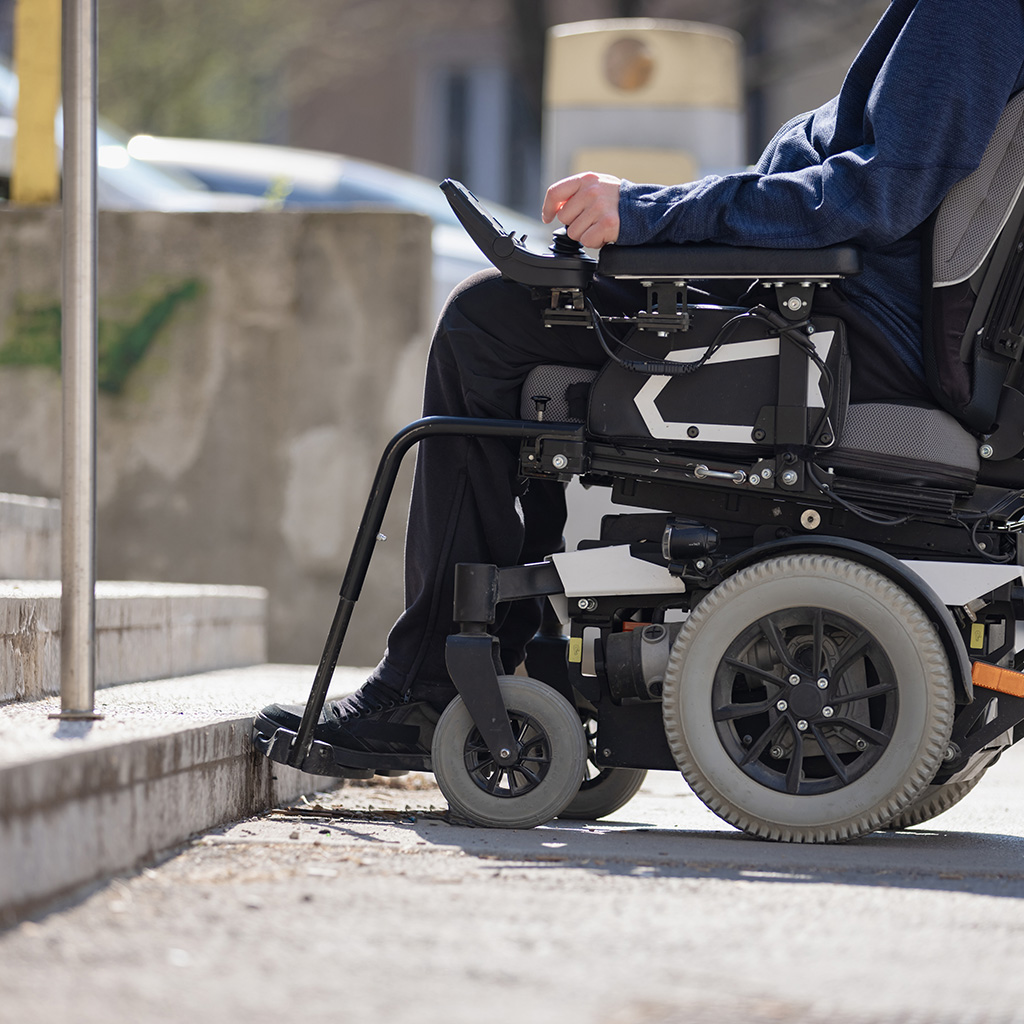 In celebration of Disability Pride Month, and the signing of the Americans with Disabilities Act (ADA), we present this series of blog posts highlighting the impact of this monumental civil rights legislation. The ADA played a transformative role in promoting accessibility, equity, and inclusion of people with disabilities. Let’s celebrate these achievements and continue to work towards a more accessible and inclusive world for everyone.
In celebration of Disability Pride Month, and the signing of the Americans with Disabilities Act (ADA), we present this series of blog posts highlighting the impact of this monumental civil rights legislation. The ADA played a transformative role in promoting accessibility, equity, and inclusion of people with disabilities. Let’s celebrate these achievements and continue to work towards a more accessible and inclusive world for everyone.
Barrier Removal
The Architectural Barriers Act of 1968 and the Rehabilitation Act of 1973 prohibited disability discrimination in the programs, activities and building designs of federal agencies. Titles II and III of the Americans with Disabilities Act expanded these mandates to require all other levels of government, plus public places, to follow the same laws. The goal was to give every individual the opportunity to benefit from all aspects of civic life and to provide businesses and services the opportunity to benefit from the patronage of everyone.
Some of the barriers people with disabilities encounter daily – and that are easily remedied:
- Items too high on shelves
- Countertops too high to see or be seen over
- Store aisles too narrow to accommodate a wheelchair or other mobility device
- Difficult, if not impossible, to open non-automatic doors
- Garbage cans, signage, outdoor dining tables, and other obstacles on sidewalks
- Steps or inappropriately steep ramps into buildings and storefronts
- Handrails not provided on both sides of stairs or ramps
- Objects mounted above the floor on walls and protruding into walkways that cannot be detected by someone using a cane
- Braille/high contrast/raised lettering signage not in the proper location
- Narrow disability parking access aisles
- Parking garages with inadequate clearance for vans
- Difficult or impossible to use round doorknobs
- Door thresholds too high to roll over easily
- Public restrooms inaccessible to people who use wheelchairs
- Improperly placed doors, making it impossible for people who use wheelchairs or walkers to open them
- Websites depending exclusively on graphics for content or navigation and not accessible to screen readers
- Information only available in standard print format
- Public meetings held without audio amplification or sign language interpreters, real-time transcription services, etc.
- 9-1-1 systems not equipped with TTY’s (teletypewriters) or equivalent technology at each call-taking station, or operators who do not consistently query all silent calls to determine if they are TTY calls
Removing barriers can often be achieved by making simple changes to the physical environment, making assistive technology available, or offering printed materials in alternative formats.
Facilities constructed or altered after January 26, 1992, must comply with the ADA Standards for Accessible Design or the Uniform Federal Accessibility Standards (UFAS). Compliance with the ADA Standards or UFAS is a matter of federal law. They must be followed, even if local codes are more lenient. It is very common for architects and contractors to follow only their local building codes, which may not provide the same degree of accessibility to people with disabilities. Compliance with local building codes does not ensure compliance with the ADA.
The process of determining what changes are readily achievable is not a one-time effort; access should be evaluated annually. Barrier removal that might be difficult to carry out now may be readily achievable later. Tax incentives are available to help absorb costs over several years.
For more information on removing barriers, visit Access for Businesses.